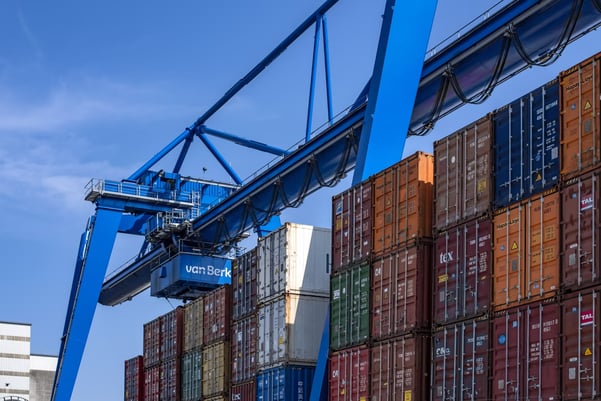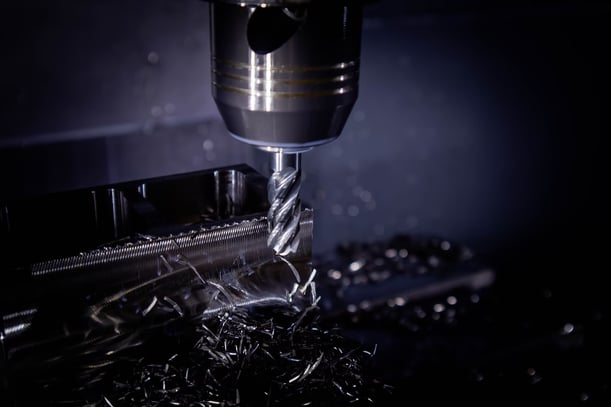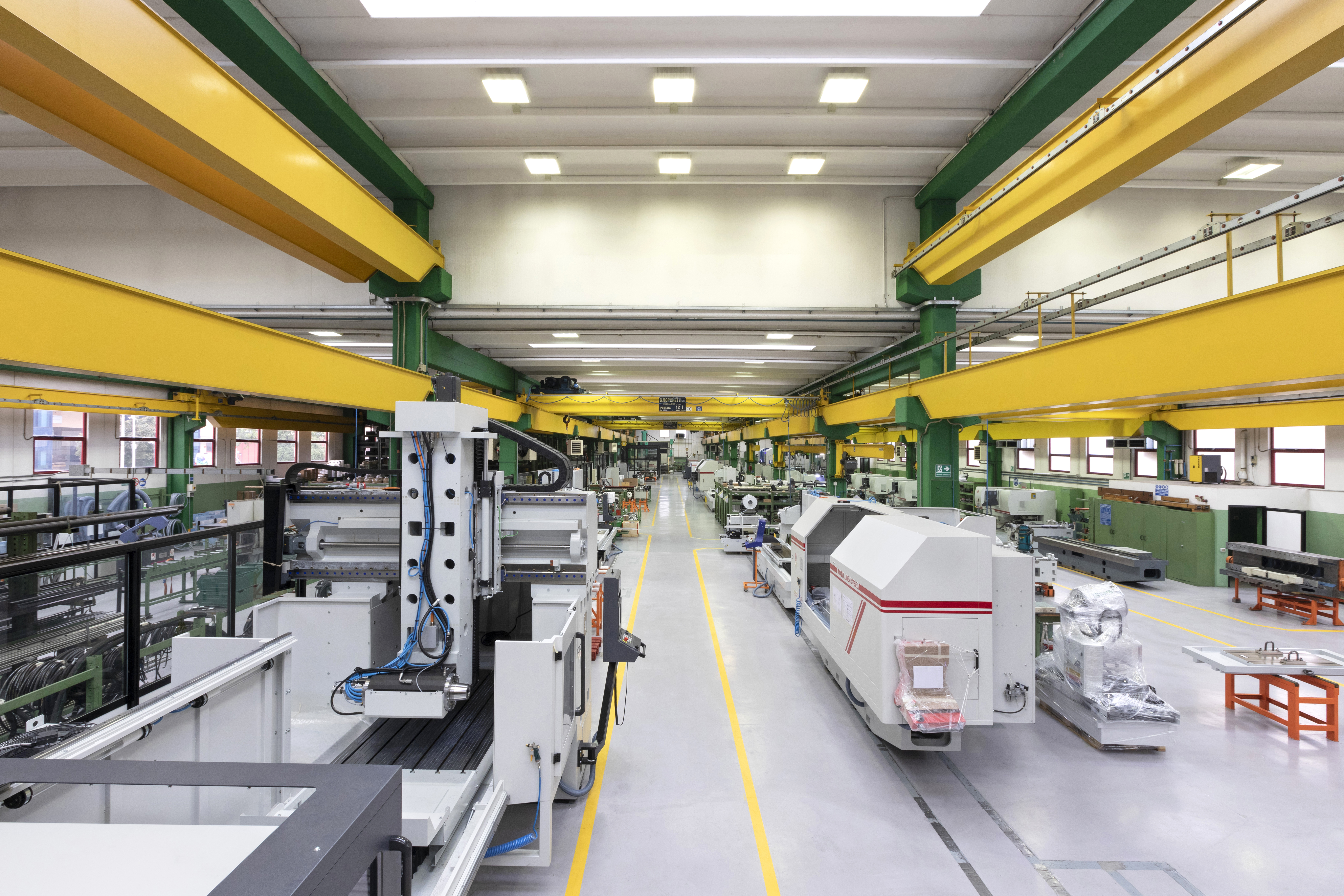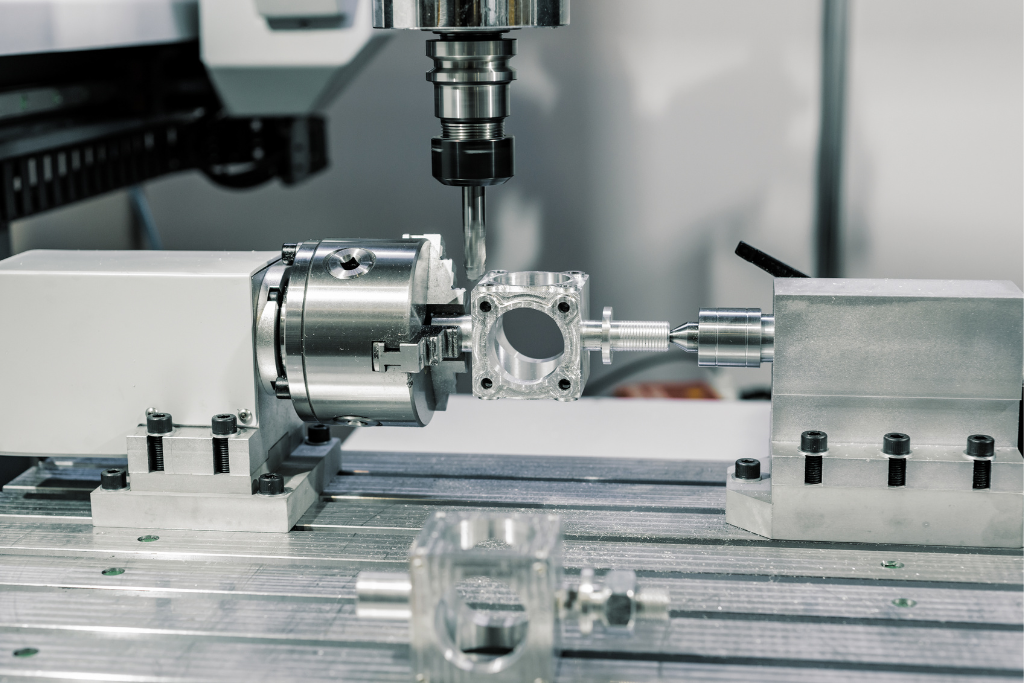Manufacturing Companies Benefit From the Reshoring Trend With Robotization
GLOBALIZATION: THE PLAYING FIELD IS CHANGING
The COVID-19 pandemic has been the trigger for many OEMs and large manufacturing companies to rethink their often-complex supply chains. When China stopped production in early 2020, followed by other countries, manufacturers in Western Europe and the United States were forced to close their factories due to lack of parts. Trading companies were no longer able to replenish their stocks. The blockade of the Suez Canal by the container ship Ever Given showed in a different way how vulnerable world trade has become after decades of globalization. One wrong manoeuvre by a container ship puts a significant part of world trade on hold.
Do companies still want to be dependent on distant supply lines from low-wage countries? In the coming years, climate policy will ensure that this question remains at the top of the agenda. Transparency regarding the real costs of outsourcing in the Far East will lead to shifts in global supply chains. The playing field for the manufacturing industry is changing. Work will come back from low-wage countries. This creates opportunities for local manufacturing companies, provided they can respond flexibly to market demand and keep their overhead costs low. Automation and digitization are the solution for this. They allow machining companies to seize the opportunities that will come in the post-COVID-19 era.
WHY IS THE VIEW OF GLOBALIZATION CHANGING?
From offshoring to reshoring to onshoring The discussion about bringing production back from low-wage countries to Western countries is not new. The Reshoring Initiative was launched in the United States in 2010 to make OEMs aware that the real cost price of a product from a low-wage country consists of more than the unit price of the supplier. The term onshoring was added to the concept of reshoring last year. Although these two terms are sometimes used interchangeably, there is a difference.
Reshoring means that production that was first outsourced to a factory in a low-wage country, often China or India, is returned to the original country. For example, a white goods manufacturer that no longer has its products produced in Asia, but in Western Europe or the US.
Onshoring means that an OEM places production at a factory within its own national borders.
Macroeconomic and political motives
At the macroeconomic level, economic growth and employment play a role. The industrialized Western countries have seen millions of well-paid industrial jobs disappear since globalization started 25 years ago. This really dawned on policy makers after the 2008/09 credit crisis. Reshoring creates stable, well-paid jobs. The US Reshoring Initiative recently reported that by 2020 reshoring in the US will create more jobs (69,000 in 2020) than foreign direct investment (42,000). According to its own calculations , since the Reshoring Initiative started its campaigns in 2009, 628,000 jobs have already been created in the manufacturing industry by taking back work from low-wage countries. That is 44% of the total number of industrial jobs created in the US since 2010. The trade war between the US and China has further fuelled the reshoring and onshoring trend. And the COVID-19 pandemic has made it painfully clear how dependent Western countries are on production in Asia.
Motives of OEMs
OEMs and 1-tier and 2-tier suppliers noticed last year how vulnerable they are due to their long, complex supply lines. If a simple part, for whatever reason, suddenly no longer arrives on time from a low-wage country to the factory in Europe or America, entire production lines shut down. Even within the European Union, the supply of parts stopped here and there in the first months of the corona crisis. Companies that outsource part of their production want to reduce the risk of supply disruptions and therefore purchase more locally or regionally.
In addition, there is increasing pressure from the financial markets on OEMs to reduce their carbon footprint. Transport from the Far East plays a major role in this. It is expected that more and more CO2 costs will be fully included. This creates a fairer playing field because products made close to the OEMs are relatively less expensive because the carbon footprint is smaller. Consultancy firm Roland Berger expects that the trend in the automotive industry to include the CO2 emissions of suppliers in the total performance assessment will trickle down into the supply chain and spread to other branches of industry. This trend will lead to more local supply chains.

SHORTER PRODUCT LIFE CYCLE
A third trend that favours onshoring is the ever-shorter life cycle of many consumer products. This is causing a shift towards build-to-demand: suppliers respond quickly and deliver the products that are actually requested by the end customer at that time. In markets with short product life cycles, the risks of inventories are too great, as is the disadvantage of long delivery times due to outsourcing in low-wage countries. Onshoring gives OEMs the opportunity to respond quickly to the changing demands of the end customer.
Positive Outlook
The growth prospects for the machining industry are therefore positive in both Europe2 and the US3 . The German machine builders – united in the VDW – expect the market for CNC machines worldwide to grow by 6% in 2021. The Association for Manufacturing Technology (AMT) reports that February 2021 sales are higher than the same month a year earlier for the fourth consecutive month. In the first two months of 2021, sales of CNC machines and tools were no less than 22.4% higher than in the same period last year. AMT says the very good February numbers are due in part to companies that have shortened their supply chains to ensure their order fulfillments are in sync with demand. This organization sees the start of a sustainable growth period.
HOW CAN YOU BENEFIT FROM ONSHORING?
Demand for local production will grow
Suppliers can therefore count on more work. It is too short-sighted though to assume that the work will come naturally. Despite the fact that the labour factor in China is becoming more and more expensive, partly because the group of workers in China will decrease by 2 to 3 million per year in the coming years, the wage costs in many Western countries are often relatively much higher. Reshoring Initiative president Harry Moser says labour costs per product in the US need to fall by an average of 20 percent to become competitive with manufacturing companies in China. And this is despite unit labour costs in China having increased fivefold since 2000, while those in the US have remained flat and those in Germany have increased by about 40 percent.
In order to reduce costs, machining companies will mainly have to reduce their overhead costs. They can do this by automating and digitizing their production. By doing so, they can:
- Bring down labour costs per product, making them competitive compared to low-wage countries. After all, worldwide machine and raw material prices are increasingly aligned. By automating, companies reduce the labour cost factor in a product.
- Increase their productivity at a time when professionals are becoming increasingly scarce. The unmanned production hours of a robotized CNC machine are immediately available, without employees having to be educated and trained first.
- Respond more flexibly to customer demands
- Increase their delivery reliability
The International Federation of Robotics also concluded in early 2021 that robotization makes supply chains more robust and flexible, which is exactly what outsourcers are looking for from their suppliers.
AUTOMATION DELIVERS MORE TO THE SME MANUFACTURING COMPANY
Keep your employees at your company
As early as 2017, McKinsey & Company found in the report A Future That Works that 51% of the total number of working hours in the US could be automated with the technology available at the time. Deloitte recently concluded in a survey of European workers that one in three workers is concerned about the future of their job. In the same survey, one in three European workers said they expect to be able to make more autonomous decisions about how they organize their work and when and how they work.
Automation gives SME manufacturing companies the means to respond to this need of the young generation of employees. Thus, these are actually additional reasons for employers to invest in automation. Apart from the advantage of lower wage costs and more flexibility, automation is more in line with what young employees expect from their job. In addition, for CNC milling and turning companies, technically trained employees are scarce in both Western Europe and the US. CNC operators who remove a workpiece from the machine clamp and replace it with new material dozens of times on an average day are increasingly difficult to find and keep at a company.
In the 5th edition of a talent survey by Deloitte and The Manufacturing Institute regarding the American labour market, the consultants write that despite the net loss of 578,000 jobs in the US during the corona pandemic, there were almost always half a million vacancies in the manufacturing industry. On top of all the challenges, manufacturing companies are mainly concerned about the skills gap. Deloitte expects that by 2030 there will be 2.1 million unfilled jobs in the American manufacturing industry in the US. CNC machinists are ranked eighth in unfilled vacancies up to 2019; operators and supervisors are in second place. Manufacturing companies must respond to these shortages right away by appealing to a broader group.
Automation also affects quality. Anyone who automates their processes in production will first have to ensure that these processes are robust. During unmanned production hours, a chip left in the clamp can stop production. This also applies to a broken cutter; or an insert with a shorter than expected service life. Automation forces companies to view their processes in detail and to optimize them where necessary. This ultimately leads to a high level of quality and productivity.
Low-threshold automation
In the report Industrial Robotics , McKinsey concludes that the cost of robotization, the lack of programming experience and the lack of integrators tailored to the various industries are the biggest barriers for companies. They mention these three barriers, among others, as an argument not to automate. They want robot systems that are easier to program, easier to link to CNC machines and software for the manufacturing industry, and easier to link to CNC machines that are already in the company.Smart automation also makes CNC operators grow
These automation systems already exist. Therefore, smaller and medium-sized companies can also benefit from the work that reshoring and onshoring brings to the market. Standardized robot loading systems are easy to operate, thanks to the intuitive software, eliminating the need for robot programming knowledge. This means:
- Every CNC operator learns to program a robot cell in a few hours.
- Changeover times to another product are extremely short. The cell is switched to another product in less than five minutes.
- Even very small series can now be produced unmanned. Even from ten pieces it pays to automate.
Smart robotic systems help manufacturing companies take advantage of this growth opportunity, even when skilled workers are scarce. In fact, smart automation strengthens the employees’ connection to the company because they can exchange their repetitive work for the role of CNC process engineer – a role in which they use their craftsmanship to increase the productivity, flexibility and quality of the machining. This makes the sector competitive in all respects with low-wage countries, offers a suitable solution for OEMs who are considering onshoring and reshoring, and the machining industry remains an attractive employer for the young generation of employees.



